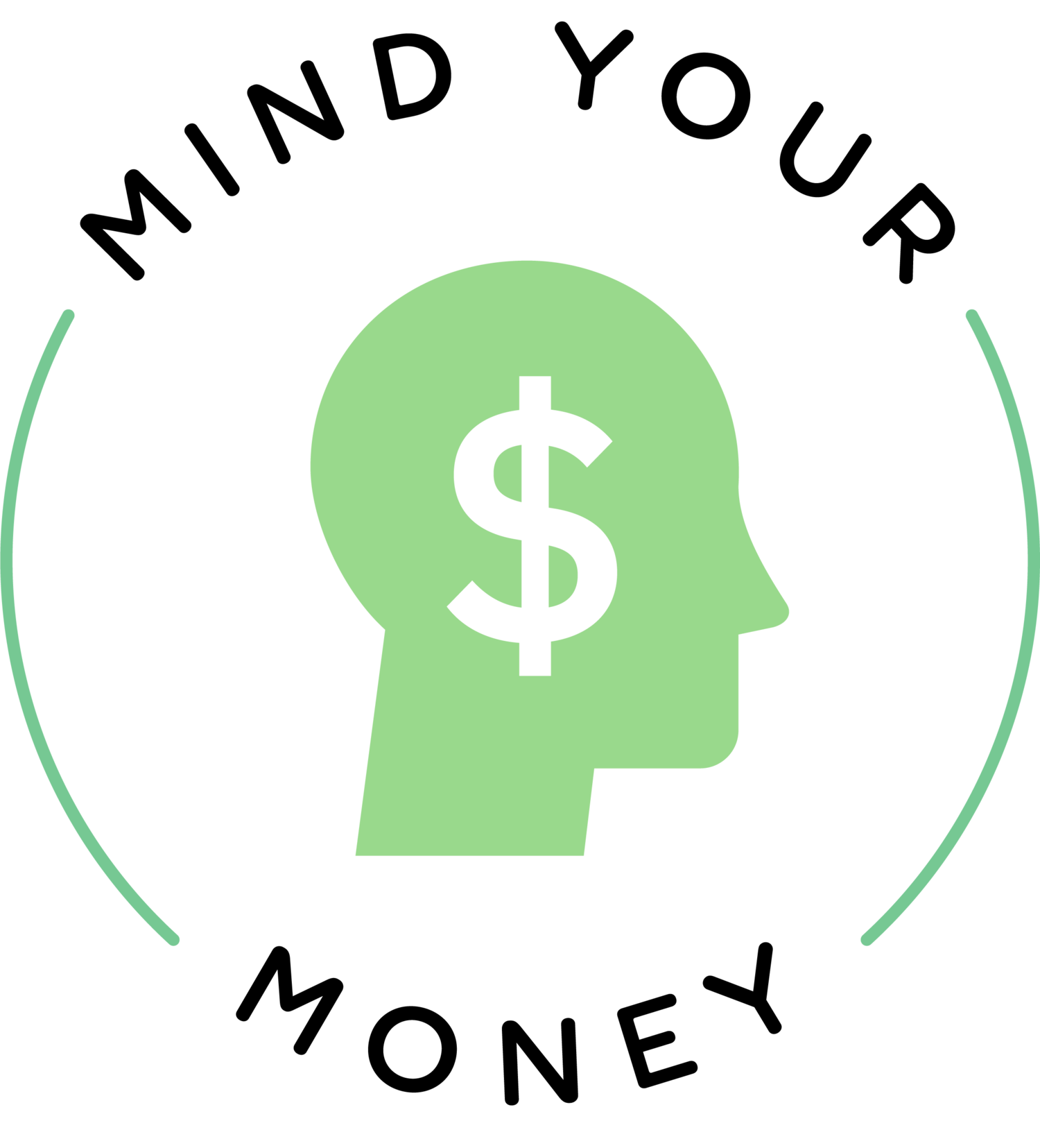Inflation: Why We Can't Just Print More Money
Are we talking about cellular injury? No, that’s inflammation. Are we talking about what pumps a balloon? No, that’s an inflator. Are we talking about why the government won’t just make us all millionaires? Yes, and that’s inflation.
Inflation is defined as a general rise in prices coinciding with a fall in the purchasing value of money. In countries that have attempted to print more money, hyperinflation has occurred. Some of these countries include Venezuela, Hungary, and Zimbabwe. In these countries, the value of goods and services stayed the same while the value of money declined, causing prices to rise. You may wonder why we can’t just print money without having to raise the value of goods.
Here’s an analogy explaining why this is not possible:
If a village has only one good, a cookie, and the only money in the village is a singular one-dollar bill, the cookie will have the same value as that dollar. If you were to add another dollar to the village without adding another cookie, the dollar’s value will decrease. This is because the dollar would be more common than the cookie, thus making it less valuable. Because of this, the cookie will no longer sell for just a dollar. Similarly, if the government just gave away money to people in America while the amount of goods stays the same, the goods would cost more.
Now that you understand why we can’t just print money, you may still think that it doesn’t affect us, so let’s break down how inflation affects our lives. As we said before, inflation increases the prices of goods while lowering the value of the local currency. It may seem like inflation is basically eating away the value of your money, but inflation is not as bad and scary as it seems. First off, many think it is beneficial to have a slightly inflated economy as it urges people to make investments rather than let their money sit passively. Many nations, including the U.S., are very careful with the amount of money they print each year, making the change in the value of money much slower.
To see the real effect of inflation on the value of money, look at the value of any consumer good over time. For example, the average price of milk in 2019 was $3.04 and in 2020 it rose to $3.32. Although this doesn’t look like a big change, let’s look at the bigger picture. The average price of milk in 2020 was $3.31, whereas, in 1995, it was $2.48. In 15 years, the average price of milk went up a whole dollar.
Printing more money would just make the value of each dollar decrease. So no, we can’t just print as much money as we want (although that would be awesome).
Citations:
U.S. Bureau of Labor Statistics: Annual Average for Milk, fresh, whole, fortified, per gal. (3.8 lit) in U.S. city average, average price, not seasonally adjusted. CPI Average Price Data

